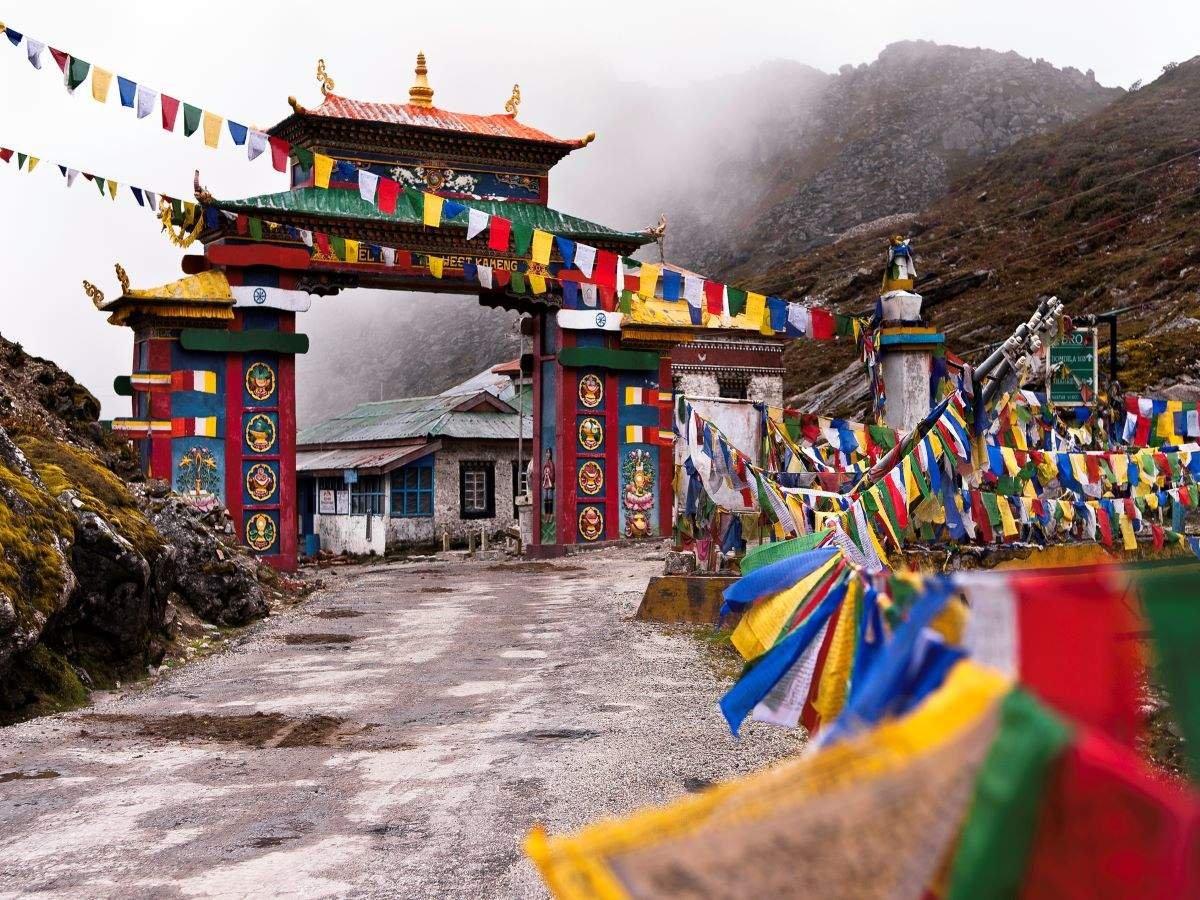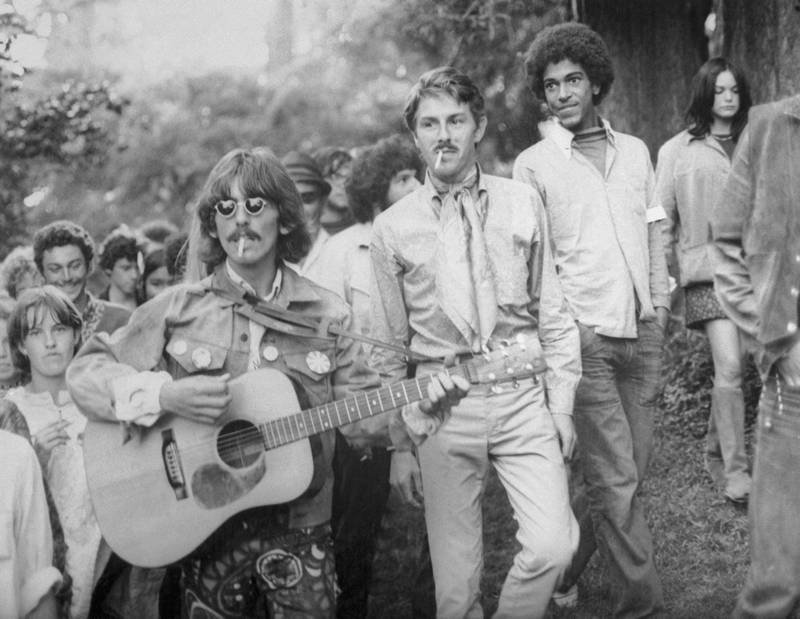Introduction
Nestled in the northeastern corner of India, Arunachal Pradesh is a land of breathtaking landscapes, lush forests, and rich cultural diversity. Among the many facets that make this state unique, its vibrant tapestry of indigenous tribes stands out prominently. Arunachal Pradesh is home to eight major tribes, each with its distinct culture, traditions, and way of life.
In this comprehensive journey, we will delve deep into the heart of this cultural kaleidoscope, exploring the fascinating world of the Adi, Nyishi, Apatani, Galo, Monpa, Mishmi, Nocte, and Wancho tribes.
Adi Tribe
The Adi tribe, one of the largest in Arunachal Pradesh, predominantly inhabits the fertile valleys of the Siang district. These industrious people are celebrated for their remarkable agricultural skills, cultivating a variety of crops, including rice, millet, and vegetables. Their agrarian lifestyle is deeply intertwined with their cultural practices, as seen in their vibrant festivals like Solung and Etor, which celebrate the agricultural cycle and include traditional dances, rituals, and feasts.
The Adi are also skilled artisans, specializing in crafting intricate cane and bamboo products. Their traditional attire, characterized by colorful beadwork and ornaments, reflects their cultural identity. The women of the Adi tribe are known for their intricate handwoven textiles and distinctive headgear. The Adi people are a testament to the harmonious coexistence of tradition and modernity, embracing both their cultural heritage and adapting to the changing times.

Nyishi Tribe
The Nyishi tribe, recognized as the most populous in Arunachal Pradesh, predominantly inhabits the lush landscapes of the Papum Pare district. These skilled hunters and gatherers are known for their deep connection with the natural world. The Nyishi people are experts in using traditional bows and arrows for hunting and are also skilled in fishing and horticulture.
Culturally, the Nyishi tribe is celebrated for its vibrant festivals, with Nyokum being a prominent one. This festival marks the harvest season and is characterized by traditional dances, rituals, and a communal feast. The Nyishi’s traditional attire, adorned with intricate beadwork and unique headdresses, reflects their rich cultural identity. Women play a significant role in Nyishi society, actively participating in agricultural activities and artisanal crafts, such as bamboo and cane work.
The Nyishi’s deep-rooted connection to nature, their strong sense of community, and their rich cultural traditions make them a vital part of Arunachal Pradesh’s diverse tapestry of tribes and cultures.
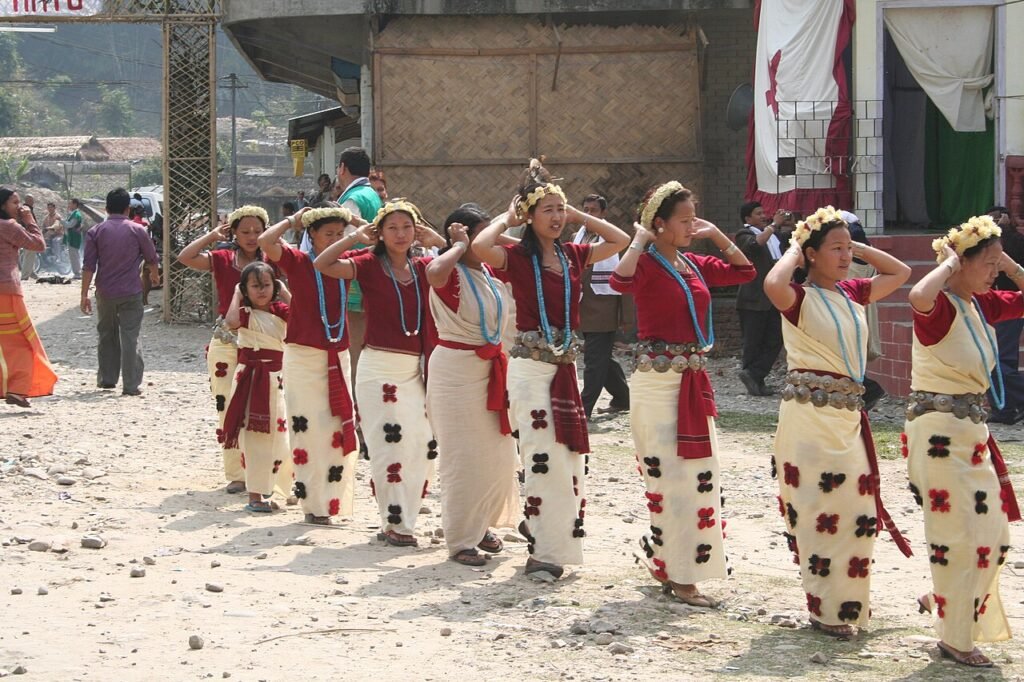
Apatani Tribe
The Apatani tribe, primarily residing in the picturesque Ziro Valley, is known for their unique agricultural practices, which include paddy-cum-fish cultivation. This inventive approach to farming demonstrates their deep understanding of the region’s ecology.
One of the most distinctive features of the Apatani people is the facial tattoos and nose plugs worn by women. These ornaments are considered symbols of beauty and cultural identity. The Apatani people have a rich tradition of storytelling and folklore, often passed down through generations.
Dree, the major festival of the Apatani tribe, celebrates the agricultural cycle and involves various rituals, traditional dances, and feasting. The Apatani’s traditional attire is adorned with intricate beadwork, and they are known for their skilled craftsmanship, producing finely woven textiles and bamboo and cane products.
Despite the challenges of a changing world, the Apatani tribe maintains a strong connection to their cultural heritage and the unique practices that set them apart within Arunachal Pradesh’s diverse cultural mosaic.

Galo Tribe
The Galo tribe, residing primarily in the West Siang district of Arunachal Pradesh, is celebrated for its vibrant culture and agricultural prowess. They are skilled farmers, cultivating crops like rice, maize, and millet. The Galo people revere nature and have a deep connection with their surroundings. Mopin is a major festival among the Galo tribe, dedicated to the goddess of wealth and prosperity. It is marked by colorful rituals, traditional dances, and communal feasting. The Galo people’s traditional attire is adorned with intricate beadwork and ornaments, reflecting their rich cultural heritage.
Apart from their agricultural activities, the Galo people are skilled in various crafts, including wood carving and bamboo craft. These traditional skills are passed down through generations, contributing to the tribe’s cultural continuity.
The Galo tribe’s commitment to preserving their traditions and reverence for nature make them an integral part of Arunachal Pradesh’s diverse cultural landscape.

Monpa Tribe
The Monpa tribe predominantly resides in the Tawang and West Kameng districts of Arunachal Pradesh. Their culture is deeply influenced by Tibetan Buddhism, with a strong focus on spirituality and reverence for nature. Monpas are known for their beautifully designed monasteries, with Tawang Monastery being one of the largest in Asia. These monasteries serve as centers of religious and cultural activities, attracting both pilgrims and tourists.
Losar, the Tibetan New Year, is a significant festival for the Monpa tribe. It is marked by elaborate rituals, masked dances, and cultural performances. The Monpas’ traditional attire is distinctive, adorned with colorful woven textiles, ornate jewelry, and striking headgear.
The Monpa people are skilled in various artistic pursuits, including Thangka painting, carpet weaving, and woodwork. Their commitment to Tibetan Buddhism and preservation of their cultural heritage make them a unique and integral part of Arunachal Pradesh’s cultural landscape.

Mishmi Tribe
The Mishmi tribe inhabits the northeastern region of Arunachal Pradesh, near the borders of China and Myanmar. Their culture is influenced by Tibetan Buddhism and animistic beliefs, creating a unique blend of spirituality and tradition.
Mishmis celebrate festivals like Nyokum and Reh with great fervor. These festivals involve traditional dances, rituals, and feasting, serving as a way to connect with their roots and pay homage to nature.
Mishmi attire features distinctive jewelry and ornamentation, reflecting their cultural identity. The women are skilled weavers, producing intricate textiles that are both functional and artistic.With their rich traditions, deep connection to nature, and commitment to preserving their cultural heritage, the Mishmi tribe is an essential part of Arunachal Pradesh’s diverse cultural tapestry.
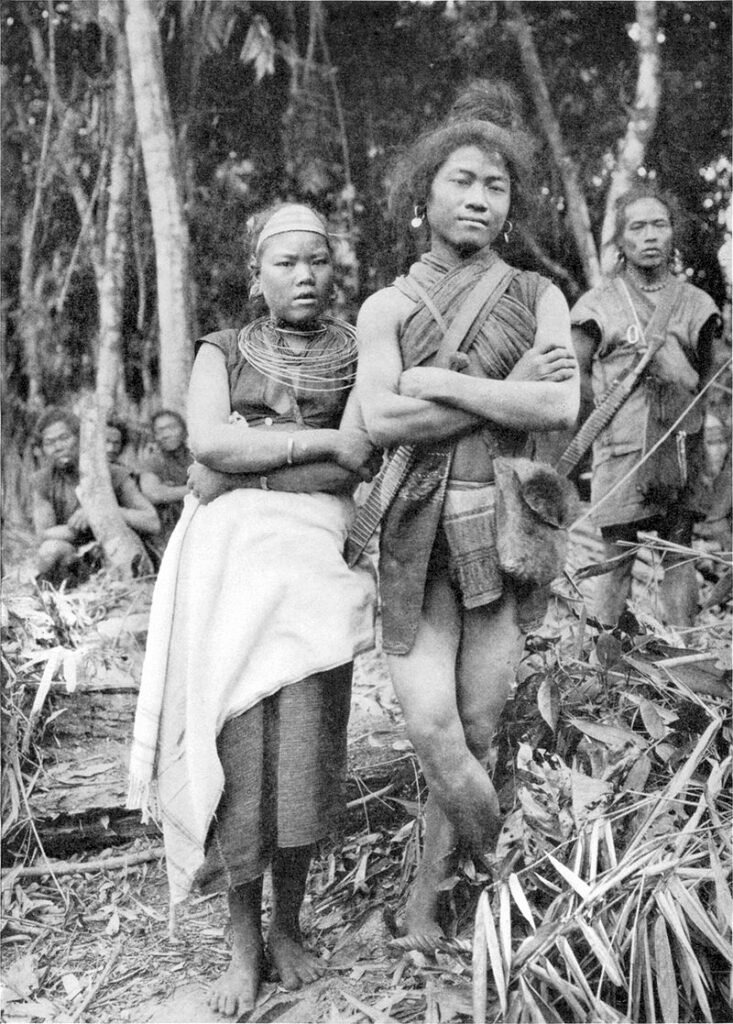
Nocte Tribe
The Nocte tribe primarily resides in the Tirap and Changlang districts of Arunachal Pradesh. They are known for their martial traditions and unique culture.Nocte festivals like Ongkhu and Chalo Loku are celebrated with traditional dances and rituals. These festivals reflect the Nocte people’s reverence for nature and spirits.
Traditional Nocte attire is adorned with beads and brass ornaments, signifying their cultural identity. The Nocte people are skilled artisans, crafting intricate cane and bamboo products.Despite challenges, including their historical warrior traditions, the Nocte tribe continues to preserve their cultural heritage and traditions, contributing to the rich diversity of Arunachal Pradesh.

Wancho Tribe
The Wancho tribe primarily inhabits the Longding district of Arunachal Pradesh and is known for its unique culture and customs.Wancho festivals, such as Pongtu and Chalo, are marked by traditional dances, rituals, and vibrant celebrations. These festivals reflect their reverence for nature and spirits.
Wancho attire features beads, feathers, and brass ornaments, distinguishing their cultural identity. The Wancho people are skilled in craftsmanship, producing intricate cane and bamboo products.Despite the challenges posed by modernization, the Wancho tribe remains dedicated to preserving their cultural heritage and maintaining their unique way of life, enriching the cultural fabric of Arunachal Pradesh.
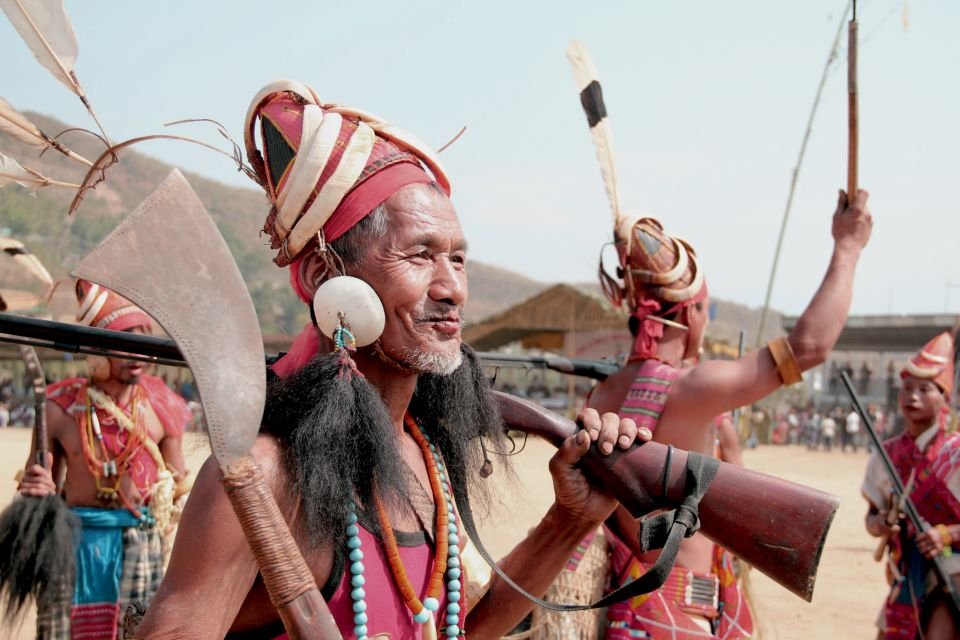
Conclusion
The eight major tribes of Arunachal Pradesh, the Adi, Nyishi, Apatani, Galo, Monpa, Mishmi, Nocte, and Wancho, each bring a unique cultural identity to this northeastern Indian state. They are the living repositories of centuries-old traditions, spiritual beliefs, and artistic expressions. These tribes have successfully adapted to the changing times while retaining their distinctiveness, making them an integral part of Arunachal Pradesh’s cultural mosaic. As they continue to pass down their customs and celebrate their festivals, they contribute to the rich cultural heritage of not only Arunachal Pradesh but also the entire nation, offering a glimpse into the captivating tapestry of India’s northeastern frontier.

